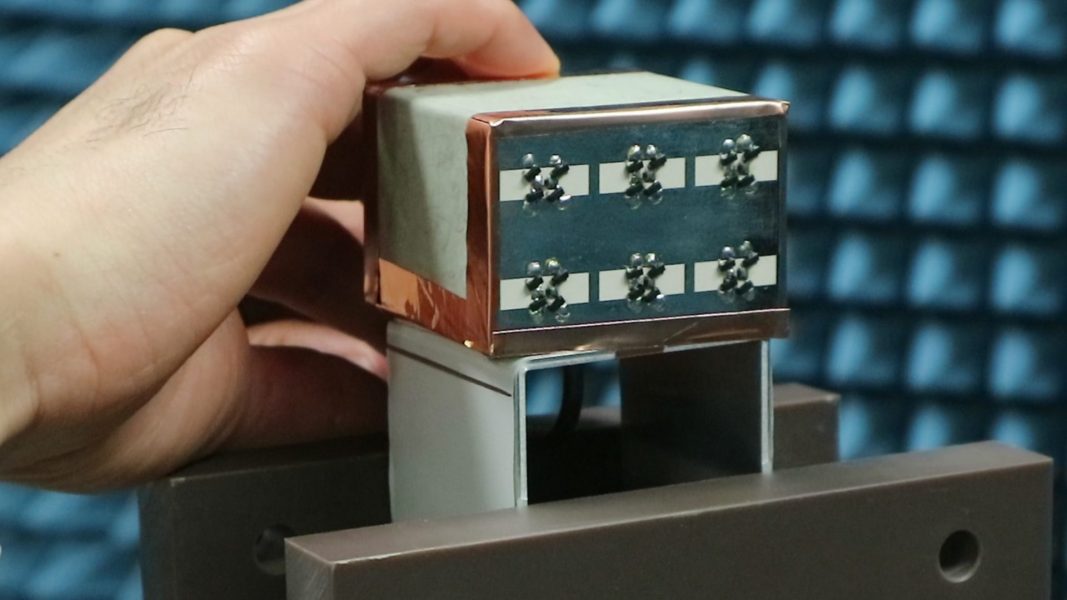Selective surfaces, such as microwave screens, are designed to reflect, transmit, or absorb specific electromagnetic waves. These thin, periodic surfaces are important for antenna design and have applications in wireless communication.
In Advanced Functional Materials, Prof. Hiroki Wakatsuchi from Nagoya Institute of Technology and co-workers demonstrate circuit-based metasurfaces that can control various types of electromagnetic scattering parameters in a unique manner.
These metasurfaces were achieved by designing planar periodic surfaces with various circuit components, including diodes. The surfaces enable most of an incoming signal to be converted to zero frequency, and then capacitors and inductors vary their behaviors in the time domain. As a result, each signal is uniquely received by the metasurfaces even at the same frequency.
These new metasurfaces are related to classic frequency-selective surfaces but add a new dimension to their selectivity based on the waveform of the incoming wave.
Waveform selectivity can be tuned externally by an external bias source and can be modulated between on and off states depending on the electric stimulation. Conversely, waveform selectivity can be tuned internally to achieve nonreciprocal transmission.
These metasurfaces overcome an applied electromagnetic problem commonly seen in a conducting enclosure or cavity, a solution that provides design flexibility.
Prof. Hiroki Wakatscuchi: “Our study provides new solutions for both fundamental and applied electromagnetic issues that arise in traditional antenna design and wireless communications, and in emerging areas such as cloaking, perfect lenses, and wavefront shaping.”
To find out more about these surfaces with waveform selectivity, please visit the Advanced Functional Materials homepage.

















